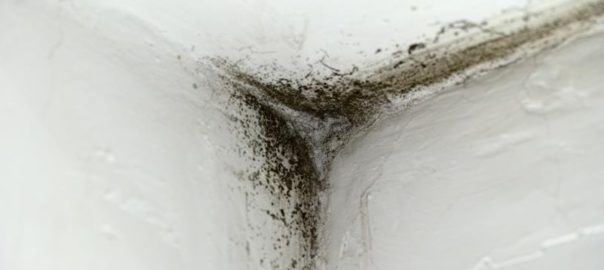I just finished another mold test in La Lejona II here in San Miguel de Allende, Gto. Mexico. Many sources of mold were found and I advised the owners to spend the test money on controlling moisture in their house but when you are suffering from allergy symptoms sometimes you just need to know. So we tested for stachybotrys (black mold) and aspergillus and penecillum and the tests were negative for both. That did not mean they did not have mold, they did. It just means the worst ones for your health were not present. So that allowed them to focus on the moisture control tasks ahead and continue their search for other possible allergins. The EPA has been weakened by the Trump administration but I am glad they got to do some research on mold and provide us with information on their website (link below). Also, do your own mold clean up with these 2 links from the CDC and EPA https://www.cdc.gov/mold/cleanup.htm https://www.cdc.gov/mold/pdfs/BLEACH_USE-fs-P.pdf
Ten Things You Should Know about Mold (from the Environmental Protection Agency)
- Potential health effects and symptoms associated with mold exposures include allergic reactions, asthma and other respiratory complaints.
- There is no practical way to eliminate all mold and mold spores in the indoor environment; the way to control indoor mold growth is to control moisture.
If mold is a problem in your home or school, you must clean up the mold and eliminate sources of moisture. - Fix the source of the water problem or leak to prevent mold growth.
- Reduce indoor humidity (to 30-60%) to decrease mold growth by:
- Venting bathrooms, dryers and other moisture-generating sources to the outside
- Using air conditioners and de-humidifiers
- Increasing ventilation
- Using exhaust fans whenever cooking, dishwashing and cleaning
- Clean and dry any damp or wet building materials and furnishings within 24-48 hours to prevent mold growth.
- Clean mold off hard surfaces with water and detergent, and dry completely. Absorbent materials such as ceiling tiles, that are moldy, may need to be replaced.
- Prevent condensation: Reduce the potential for condensation on cold surfaces (i.e., windows, piping, exterior walls, roof, or floors) by adding insulation.
- In areas where there is a perpetual moisture problem, do not install carpeting (i.e., by drinking fountains, by classroom sinks, or on concrete floors with leaks or frequent condensation).
- Molds can be found almost anywhere; they can grow on virtually any substance, providing moisture is present.
- There are molds that can grow on wood, paper, carpet, and foods.
https://www.epa.gov/mold/ten-things-you-should-know-about-mold
